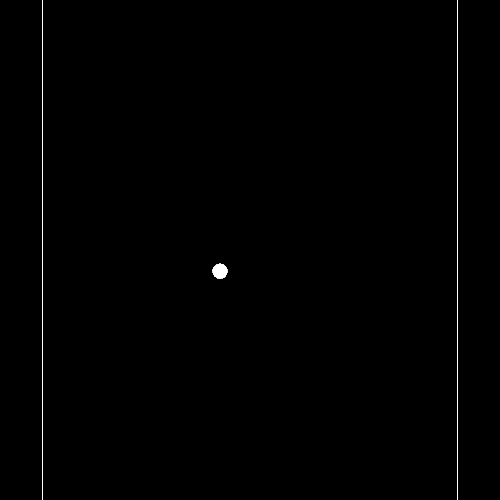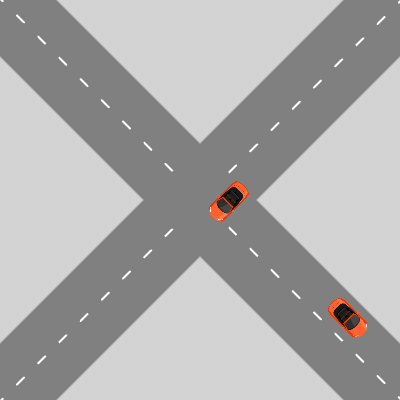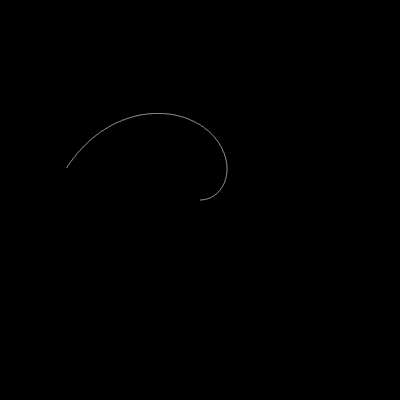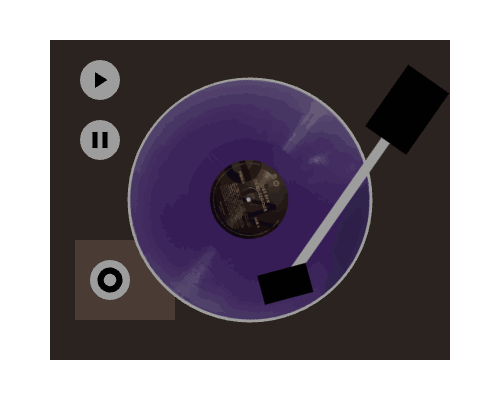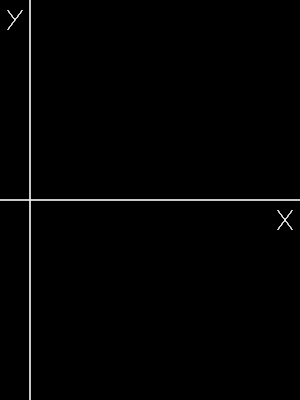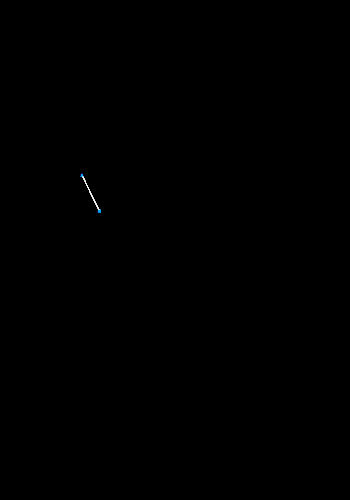Movement is found everywhere, whether in our everyday life, while traveling, or in art. It makes many things more interesting and is rarely linear. Movement is a significant and important element in web design, whether it’s the movement of menu icons on websites, videos on the internet, or graphics. But how can movement be implemented in a program like p5.js? This is exactly what we focused on in this section of the seminar.
To do this, we selected specific terms and created sketches in p5.js to visualize this movement. One important learning for me was playing with relative values. These are no longer tied to fixed coordinates, but are derived from mathematical formulas and relationships, and can influence each other. This came relatively easy to me, as I’ve always had a good understanding of such connections.
Additionally, I spent a lot of time focusing on the logical relationships within the code itself: What happens when? If this happens, then that happens – in short, using if-statements. This new approach allowed me to engage more creatively and handle the program better. Suddenly, I could implement things that initially seemed impossible to me.
Finally, I’d like to touch on two important things for the theme of movement and its presentation: Movement doesn’t always have the same speed, it’s not linear, and it can be looped. This makes the movement appear much more natural and fluid.
